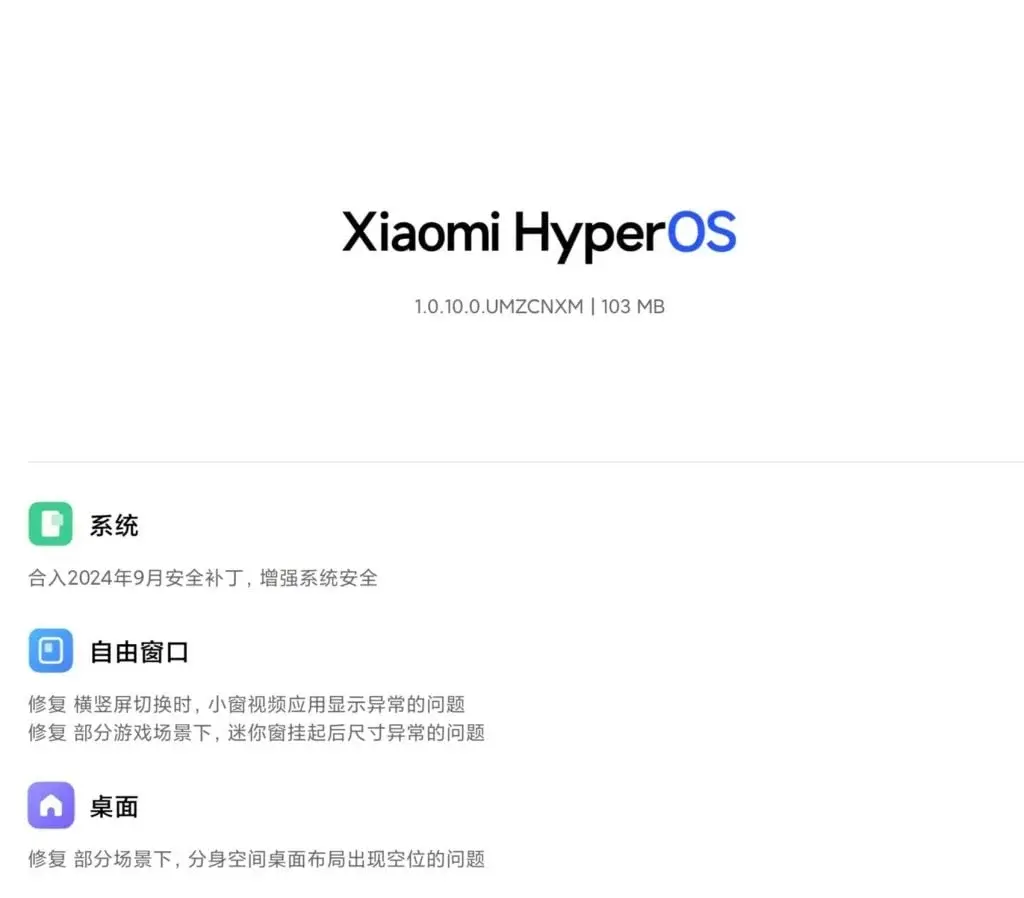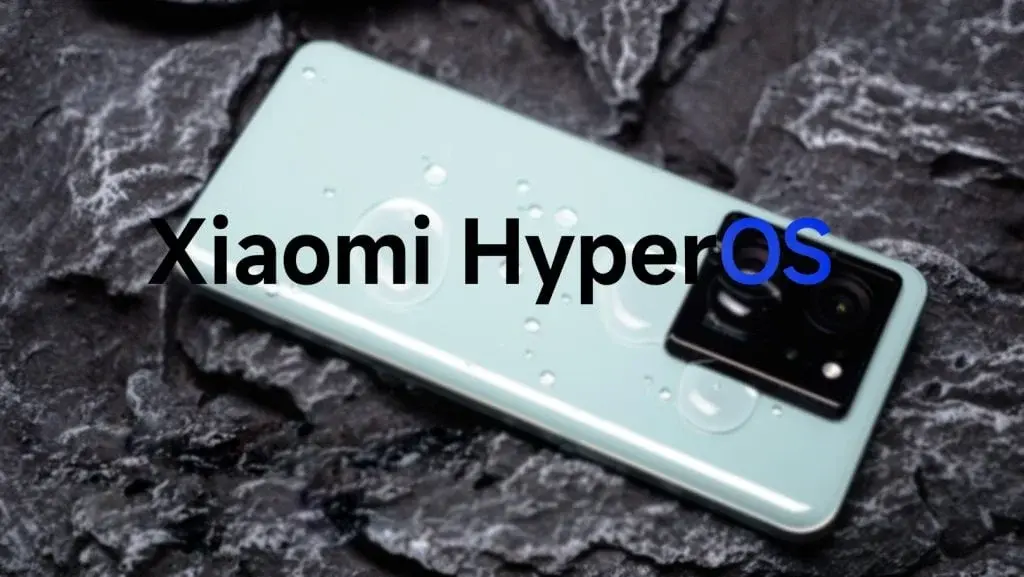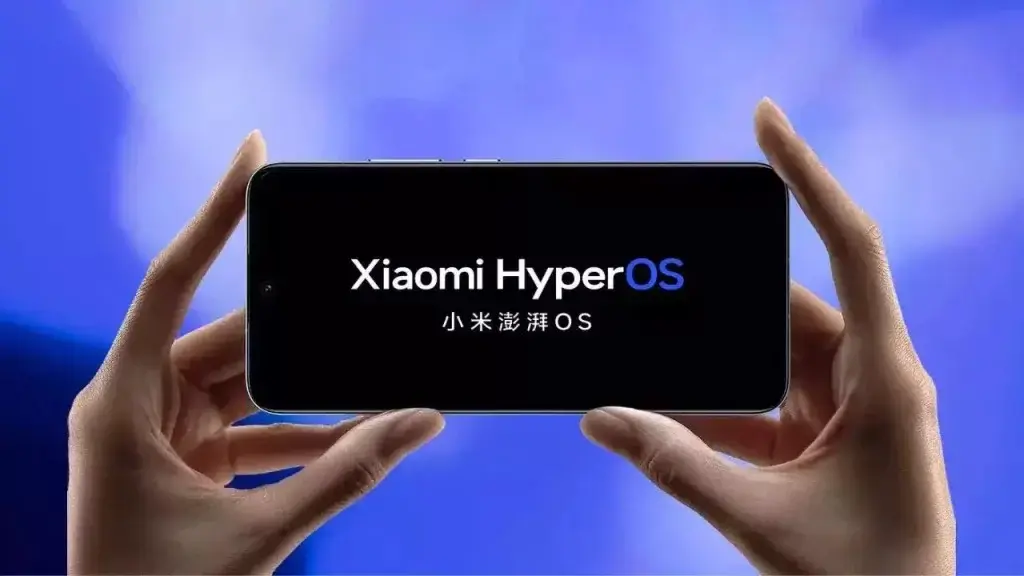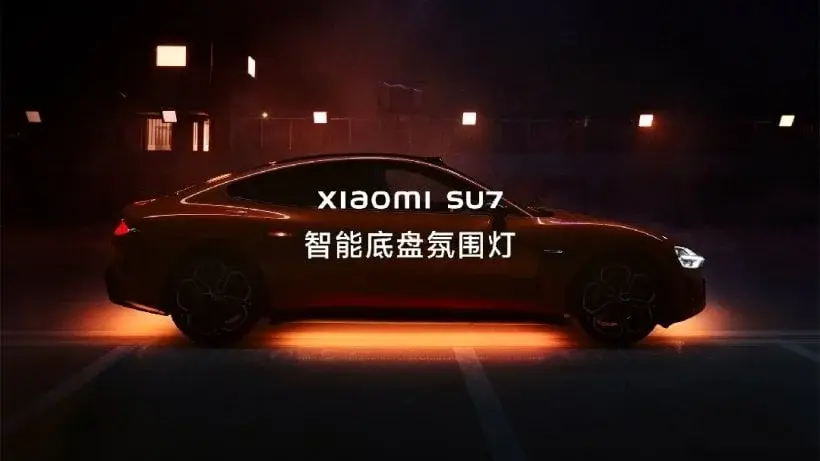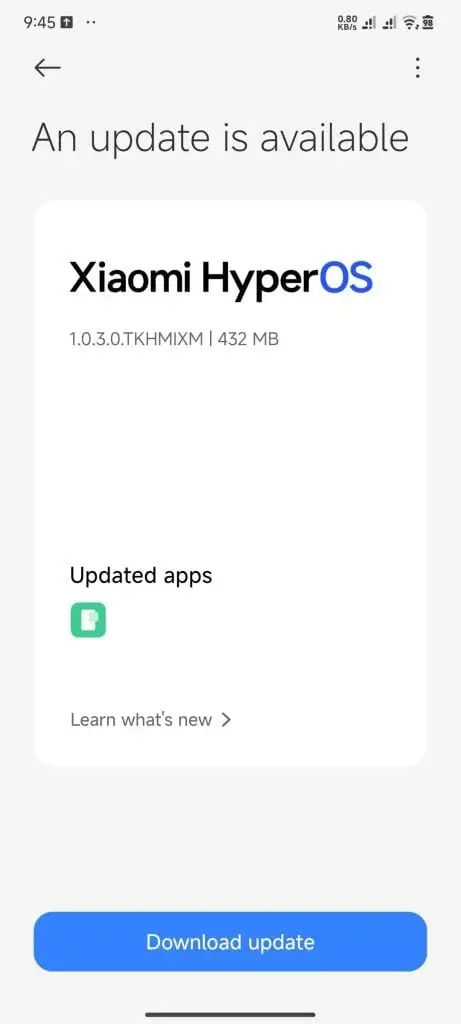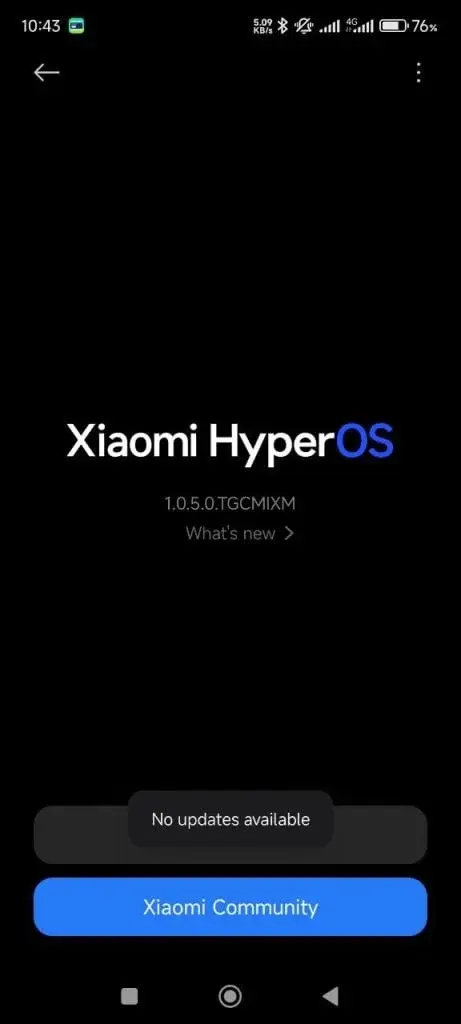Xiaomi’s Smart Band 9 series, which comprises the standard, NFC, and Ceramic Special Edition models, has recently been updated with the HyperOS 1.2.183 version. This update introduces a range of new features designed to enhance the experience for fitness enthusiasts and smartwatch gamers alike.
Key Features of the Update
Among the most notable enhancements are the auto-pause feature for cycling, which halts tracking automatically when cycling is paused, and a new mini-game titled “Power Challenge.” Additionally, users can now explore paid watch face trials, allowing them to try premium designs before making a purchase. The update also includes custom vibration settings for personalized notification alerts. Various bugs have been addressed to improve overall functionality.
Specifications of the Xiaomi Smart Band 9
Released in July 2024, the Xiaomi Smart Band 9 series boasts a stylish design featuring a metal middle frame and a selection of wristband options. The device is equipped with a 1.62-inch AMOLED display capable of 1200 nits peak brightness and a 60Hz refresh rate, ensuring clear visuals. Users can select from over 200 customizable watch faces, including an Always-on Display mode for low-power continuous viewing.
The band offers sophisticated health-tracking capabilities, such as heart rate, oxygen, stress, sleep, and female health monitoring. It provides 16% more accurate heart rate tracking compared to earlier models, making it suitable for workouts and everyday use. With over 150 workout modes, including specialized running courses, it offers extensive exercise tracking and guidance, making it a versatile fitness companion.
Connectivity and Battery Life
The Xiaomi Smart Band 9 is equipped with Bluetooth 5.4 for reliable connectivity and NFC for payment options in certain models. Its 5ATM water resistance makes it suitable for swimming. The 233mAh battery supports up to 21 days of usage and can be fully recharged in approximately an hour, ensuring practicality for daily wear.


